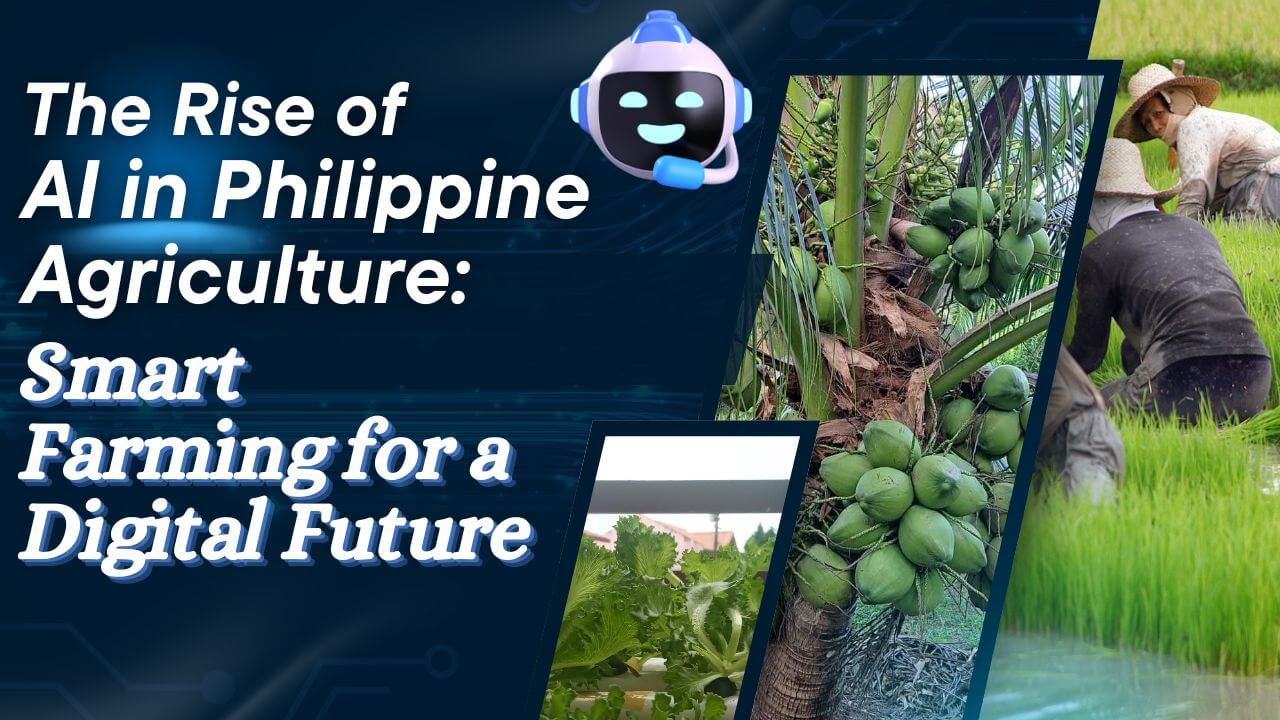If data is the new oil, attention is gold.
In a world awash with notifications, autoplay videos, and AI-driven recommendations, your attention has become the most coveted commodity. Every scroll, tap, and linger is tracked, scored, and sold to the highest bidder—whether that’s an advertiser, a political campaign, or a social platform hungry for engagement. But behind the personalized feeds and ear-catching headlines lies a complex marketplace: one where your focus funds entire industries and shapes the ideas you see.
1. Attention as Currency in the AI Era
- AI algorithms analyze your clicks, watch time, and reactions to build a profile of what captivates you.
- Recommendation engines constantly A/B-test headlines, thumbnails, and punchlines to maximize “dwell time.”
- The longer you stay glued, the more data points they collect—and the more they can charge advertisers for your eyeballs.
2. The Buyers: Platforms and Advertisers
- Tech Giants Google, Meta, TikTok, and their AI copilots compete fiercely for ad dollars. They offer brands microtargeted slots in your feed, promising precise reach down to age, interest, and mood.
- Brands and Marketers, Consumer goods, telcos, and e-commerce players bid in real time for ad placements tailored to individual profiles. A two-second view of your favorite snack can translate into thousands of pesos in revenue.
- Political Campaigns AI-powered microtargeting lets candidates deliver hyper-personalized messages, down to your barangay’s top concerns. In 2022, deep-data tactics swayed swing voters by surfacing tailored memes and microvideos in local languages.
3. The Hidden Middlemen: Data Brokers & AI Vendors
- Data Aggregators These unseen brokers compile public and private records—e-commerce purchases, social-media likes, telco usage—then sell rich segments to advertisers and campaigns.
- AI Service Platforms Startups offer “Attention-As-A-Service,” using off-the-shelf LLMs to craft clickbait headlines and optimize posting schedules for peak interaction.
Behind the scenes, your every online move is packaged, sliced, and resold—often without your explicit consent.
4. Ethical and Societal Costs
- Fragmented Focus Constant interruptions erode deep work and reflective thought, chipping away at our capacity for sustained creativity.
- Mental Well-Being Dopamine-driven loops fuel anxiety, FOMO, and screen addiction, especially among Gen Z and millennials.
- Polarization & Misinformation AI-optimized outrage videos and tailored falsehoods stoke division, amplifying tribal biases and undermining shared reality.
5. A Filipino View: Bayanihan for Attention
In the Philippines—where 89% of adults use social media daily—attention markets hit home:
- Group Chat Gatekeepers Viber and FB Messenger groups often self-organize fact-checks, curating what truly matters for barangay residents.
- Community-Driven Feeds Local influencers and student orgs collaborate on themed days—“Silence Sundays” or “Diskarte Mondays”—to swap deep takes instead of viral stunts.
- Digital Bayanihan Shared Google Sheets of verified news links and open-source prompt libraries empower neighbors to sift signal from noise together.
6. Reclaiming Your Agency: Practical Tips
- Set “Attention Budgets” Allocate daily screen time and use timers or focus apps to enforce breaks.
- Curate Your Feed Follow accounts that challenge you, not just entertain. Unsubscribe from clickbait channels.
- Mindful Notifications Disable non-essential pings—only allow alerts from trusted sources or people.
- Group Accountability Start a barangay “Attention Circle”: teammates commit to sharing only one meaningful link per week.
- Demand Transparency Press platforms and local regulators to disclose how AI ranks content and sells your data.
🐾 Final Thought
In the age of AI, your attention isn’t free—it’s financed by powerful players who profit from every millisecond of focus you grant. Yet through community-driven fact-checks and mindful attention schedules, we can steer our collective focus toward substance over sensationalism. The next time you open an app, ask yourself: Who’s paying for my attention today? And how can I reclaim control?







